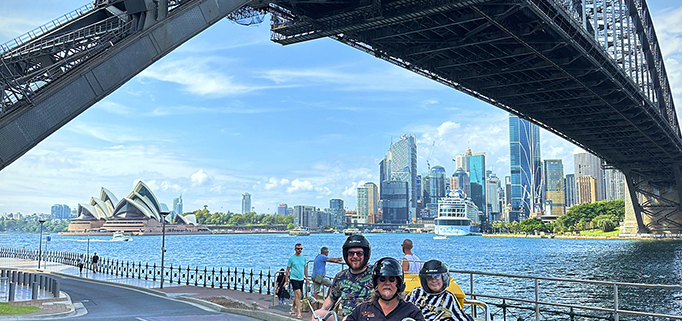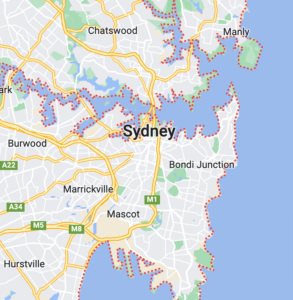The Ultimate Guide to Capturing Amazing Footage on Your Motorcycle Tour
11 March 2024 – A motorcycle tour is a thrilling and unforgettable experience. The wind in your hair and the sense of freedom are unmatched. You can capture these moments and share them with your family and friends. You can turn your journey into a visual masterpiece by including a dash camera in your gear. Each step contributes to a record of your trip. Embrace the adventure, focus on your safety, and let your scramble dash camera narrate your fantastic tour.
These are the following factors to consider for the filming method:
Choosing the right gear:
Selecting the right dash camera is essential to capturing high-quality footage. You must check your camera to fulfill these bases:
● Resolution and quality
● Video stabilization.
● Capturing smoothy and steady videos
● Durability
● Ensuring the availability of add-ons
There are different types of cameras on the market. Action cameras like GoPro’s are famous for their compact size, durability, and wide-angle lenses. They are perfect for capturing immersive POV (point-of-view) shots, wide-point focal points, picture adjustment, and night vision capacities. You can select climate-safe cameras according to your budget. There are different types of cameras having various prices and qualities. You can choose a camera according to your budget and needs.
Microphone: Extra microphones are necessary because wind noise makes your footage better. External microphones on your helmet or motorcycle can significantly improve the sound quality compared to the built-in ones.
Additional gear: You must carry extra batteries, memory cards, a portable charger, and cleaning clothes.
Dialling in the setting.
Capturing your trip can be amazing, but we must play with camera settings. It will be a difficult task, but no worries! These steps will help you get started. Once you get more comfortable filming and editing, feel free to do different experiments with different settings. It will make the motorcycle tour a great memory forever.
Video Quality: Filming in 1080p resolution because sharing your adventure on social media platforms will be perfect for sharing. It does not take up too much space. You can choose 4k or 5k resolution if you want the best quality. Still, if you choose a more significant resolution option, your battery will drain faster because higher resolution means bigger files.
Frame rate (FPS): 30fps is the usual standard. If you select lower than this, then your video looks unprofessional. But if you want a smoother and more professional video, choose 60fps. It allows smoother slow-motion editing, capturing frames per second and giving.
Field of View: Seeing the World setting determines how much of your surroundings are captured in the shot. It means how narrow or broad your footage is. A more comprehensive view will capture more, while a more limited field will focus on a smaller area. The widest field-of-view (POV) option is recommended to capture point-of-view (POV) footage. This will ensure you, your bike, and the stunning scenery around you are all included in the frame. Ultimately, the field of view is a personal preference. Experiment and see what works best for the shots you want to capture.
Mounting and positioning.
The camera should be steady with secure mounts. If you have a 360-degree camera, you should mount it in front of your helmet. First, ensure that your camera is mounted to withstand different weather conditions. You will need a helmet mount if you have a GoPro camera. For 360 cameras, climbing to the handlebars is another well-used option. It will give you a stable mounting point. Handlebar mounts show what you see and are most convenient; chest mounts capture you and the scenery, and helmet mounts offer an ultra-immersive view (be careful not to block your vision!). Look for mounts that reduce camera shake. If you are using a new camera, then it is necessary to practice with angles before your trip. It will help you to find the best setup for your motorcycle.
Securing Your Footage.
Protecting your footage is another important task. Your camera should have enough storage options like removable memory cards to carry extra memory cards, and your camera should have built-in Wi-Fi or Bluetooth to back up your footage on the external hard drive. It would help if you carried extra batteries in case one battery dies and then you have another battery.
Check out our Gallery for some scenic places to visit in Sydney, on your motorcycle tour or trike ride.

 Troll Tours Pty Ltd
Troll Tours Pty Ltd


 Troll Tours Pty Ltd
Troll Tours Pty Ltd Troll Tours Pty Ltd
Troll Tours Pty Ltd